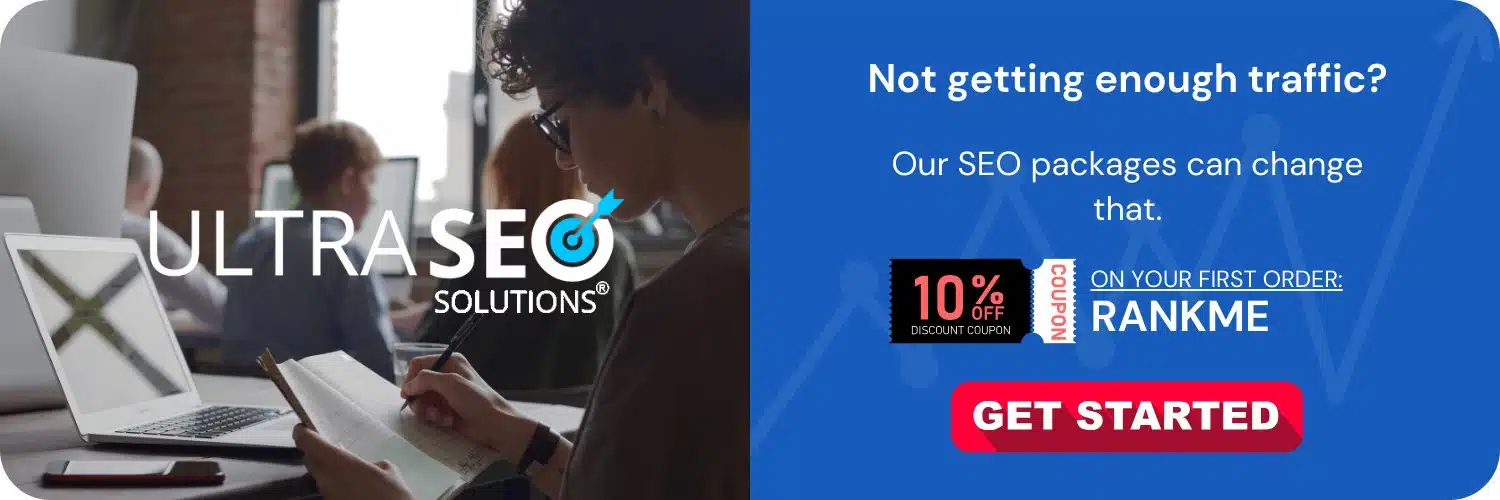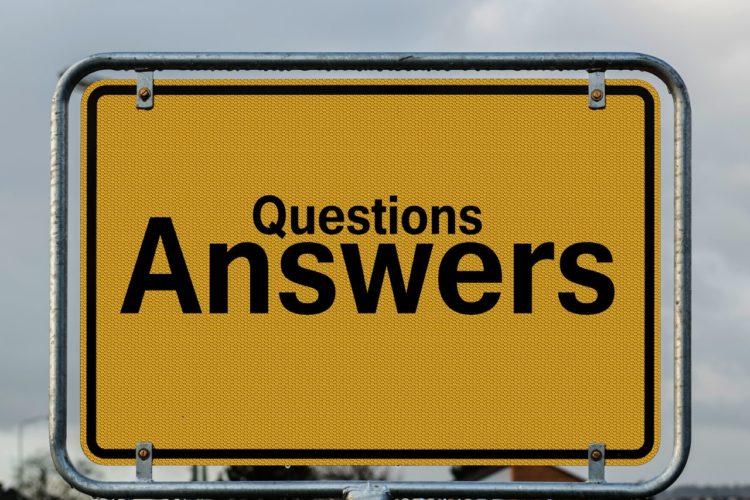
When discussing the intricacies of Search Engine Optimization (SEO), crawling and indexing stand as two foundational processes utilized by search engines like Google to gather information and make web content discoverable. The fundamental difference lies at the core of their functions: crawling is the process by which search engines send out a team of robots, known as crawlers or spiders, to find new and updated content across the web. Indexing, on the other hand, involves taking the content found during the crawling process and adding it to a search engine’s index, which is a vast database of discovered URLs. Essentially, crawling is about discovery, and indexing is about organization and storage for future retrieval.
The Process of Crawling
To gain a deeper comprehension of crawling, envision the internet as an ever-expanding metropolis filled with roads and pathways. Crawlers, often referred to as bots or spiders, start at a well-known web page and follow the links on these pages to travel from one page to another. They do this to find new content and update their knowledge of already indexed content that might have changed.
An important aspect to note is that these crawlers are selective. They take into consideration various factors, such as the structure of the website, the robot.txt file (which is a file at the root of the site that explicitly tells crawlers which pages or sections of the site should not be accessed), sitemaps, and the quality of content they encounter. This means if a website isn’t well-linked or is structured in a way that makes it difficult for crawlers to move around, the content may remain undiscovered.
Factors Influencing Crawling
- Website Architecture: A site’s navigation should be intuitive not only for users but also for bots. A flat architecture, meaning fewer clicks to get to each page, can enhance crawlability.
- Internal Linking: Having a robust network of internal links helps bots find new content and understand the site’s structure and hierarchy.
- Robot.txt Files: This crucial file communicates with bots to inform them of the parts of your site you don’t want to be crawled.
- Sitemaps: A sitemap is essentially a roadmap of all the important pages on your site that you want a search engine to know about.
- Page Load Speed: Pages that load quicker are generally crawled more frequently, contributing to more up-to-date content in the index.
The Indexing Process
Once content is discovered, the search engine processes and stores information found in the index. Consider the index as a gigantic library where a librarian can pull up a book (or a web page) to help you find exactly what you’re looking for at the moment you need it. In order for pages to be retrievable, they must first be indexed.
During indexing, search engines will analyze the content of a page, catalog images and video files embedded on the page, and try to understand the page’s content and structure. They’ll also categorize the page accordingly – such as determining whether it’s more relevant to shopping, how-tos, news, or forums.
Factors Influencing Indexing
- Content Quality: Search engines prioritize high-quality, original content. Duplicate content often gets less priority or even ignored.
- Keywords and Relevance: Proper use of keywords and creating content with clear topical relevance helps search engines categorize your pages more effectively.
- Meta Tags: Using meta tags like title tags and meta descriptions correctly can help search engines understand what your page is about and index it properly.
- Robots Meta Tags: These tags can instruct search engines whether to index a page or not, and whether to follow links on the page.
- Social Signals: How often content is shared on social media can influence not just visibility but also the indexing process.
It’s essential to recognize that crawling and indexing are continuous processes. As new content gets published or existing content gets updated, search engines aim to discover and understand this content as quickly and efficiently as possible to provide users with the most up-to-date and relevant search results.
SEO Strategies to Enhance Crawling and Indexing
SEO best practices are critical for ensuring that your website and its content are accessible to search engine crawlers and that the content is indexed appropriately.
Improve Site Crawling
To aid search engine crawlers:
- Optimize your site’s structure and internal links to ensure all important content is accessible.
- Regularly update your sitemap and submit it to search engines.
- Ensure that your robot.txt files are correctly configured to not accidentally block important content from being crawled.
- Keep your website’s loading speed optimized for quick crawling.
- Create fresh, unique content and update your site regularly to attract more frequent crawling.
Boost Your Site’s Indexing Potential
To improve the likelihood of your content being indexed:
- Produce high-quality, original content that adds value and is engaging for users.
- Use relevant keywords appropriately without overstuffing them into your content.
- Incorporate accurate meta tags, like title tags and meta descriptions, to reflect your content’s focus clearly.
- Utilize robots meta tags to guide search engines on what you want to be indexed.
- Keep an eye on your URL parameters to prevent duplicate content issues, which can decrease indexing efficiency.
- Promote your content through social media and other platforms to increase visibility and indexing speed.
Diagnosing And Fixing Crawling And Indexing Issues
Issues with crawling and indexing can substantially affect your website’s visibility on search engine results pages. Such problems can range from technical SEO issues to poor website structure or even server overloads preventing crawlers from accessing the site.
Diagnostics can be performed using SEO tools that simulate how a search engine crawls your website. Google Search Console is particularly useful for uncovering issues with indexing, such as crawl errors or pages blocked by robots.txt.
Once identified, issues should be addressed promptly. This can involve fixing broken links, improving server response times, restructuring a site, updating robot.txt files, enhancing a site’s mobile-friendliness, and other related tasks.
Finishing Thoughts
Understanding the difference between crawling and indexing and the mechanisms behind them is paramount for SEO success. Enhancing crawlability and indexability of your website not only contributes to making your content more visible online but also to achieving better search rankings and offering a better user experience. Keep in mind that SEO is an ongoing effort; constantly monitoring, updating, and optimizing your website’s content and infrastructure will ensure that search engines can efficiently crawl and index your site, allowing your pages to be discovered by users looking for what you have to offer.





